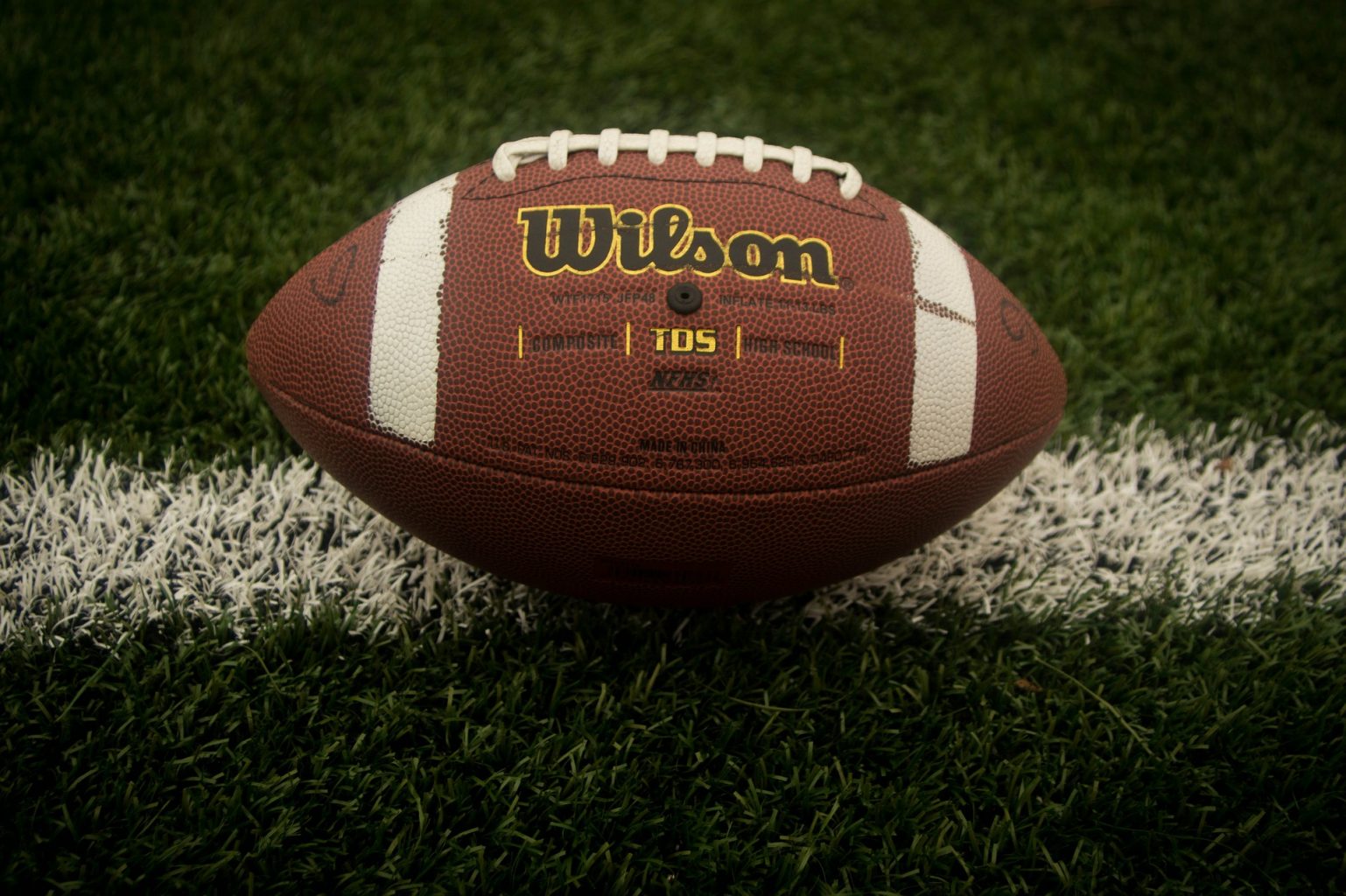Fantasy Football Intelligence: Draft Preparation Part 2

The first week of exhibition games are in the books and the second games are underway. Anyone spending time breaking them down is mostly wasting time. A few rookie QBs looked good against vanilla, back-up defenses and some WRs are making a case for more playing time and target shares, but unless you are drafting this weekend (which would be a mistake), you don’t need to be concerned with the games yet.
Injuries and holdouts are the major stories because they are impacting some big fantasy stars. Andrew Luck’s injury seems to have progressed from his calf to his bones and has settled as a high ankle sprain. Hmm. His health is about as clear as Jeffrey Epstein’s cause of death. Owners who bet on him last year got great value up until he threw up a goose egg (No TDs) in week 15. The Colts were poised for a big year and Luck looked like QB2 or 3 on the board until this injury. We don’t have to make the call on him yet, but the red flags are flying and the alarm bells are ringing for a great player who has had a lot of different health issues. If Luck misses significant time, the team will suffer and all Colts fantasy prospects take a major hit. Antonio Brown’s feet seem less serious than his head, and I’m not just talking about the helmet. He should be on the field for the opener, but he lost valuable time in camp and is returning to a situation much less conducive to production than the one he left in Pittsburgh. He is still in the top 10 WRs, but carries much more risk than Hopkins, Hill, Adams, Thomas and Julio Jones. His position relative to Smith-Schuster and Beckham is in question.
Ezekiel Elliott and Melvin Gordon are not in camp. Zeke is a first round fantasy pick, Gordon is no worse than an early 2nd round pick. The disposition of their holdouts will swing the balance of power in many leagues. Each may get a slight downgrade for conditioning presuming they eventually report, but if they don’t report by the time you draft, you’ll play a high stakes game of chicken. You might feel a little like this guy. Unlike Le’Veon Bell last year, both are under contract and likely to report at some point, but the Bell debacle is still fresh in owners’ minds so if they do hold out, they may represent an opportunity if too many risk averse owners pass. Stay tuned.
This blog will focus on the elements of strategy that are behind building a draft board – relative value and scarcity. These are the underlying principles of Fantasy Football Intelligence. On draft day, we don’t like players, we like their value. Do I like Pat Mahomes better than Deshaun Watson? Sure, but do I like Mahomes with the 15th overall pick better than Watson two or three rounds later? That’s a more complicated question, and one we won’t answer until the draft board is built and we have identified our tiers, targets and thresholds. Apologies in advance because the rest of this article will sound like an economics lecture, but executing on the Fantasy Football Intelligence strategy will help you win, so suck it up and pay attention.
Relative Value: The value of player X vs. other options at his position. By and large, the metric for this is Fantasy Points per Game which can be found on most sites and in fantasy magazines. For reasons discussed previously FFI considers the number to be directional and not absolute, thus we look at relative value in tiers rather than individuals.
Example: Is Christian McCaffrey better than Alvin Kamara because his FPG is estimated at 16.4 vs. Kamara’s 15.6 based on standard scoring? Not necessarily.
1) It is a statistically insignificant difference.
2) It is based on estimated stat totals for 2019 so there is already subjectivity built in.
Here is a RB list for a standard (no PPR) league. The choice between players of the same tier is a matter of personal preference. Each tier represents a meaningful drop in relative value from the prior one. FPG is one factor in the tiers, but so is the subjective opportunity analysis from the team capsules posted earlier. It doesn’t mean that none of tier 2 or backs can outperform McCaffrey, but it does mean that Cook is riskier because of his injury history and the Vikings below average line. Gordon’s holdout and lower yardage output keeps him out of the top tier, as does Conner’s small track record and physical limitations. David Johnson has injury history, a poor o-line and a new system, but he has the potential for top 5 performance if it all works out for him. The third tier guys carry a bit more risk and so on.
Barkley
Kamara
Elliott
McCaffrey
———— Tier 1
Cook
Gordon
Conner
D. Johnson
———— Tier 2
Bell
Gurley
Mixon
Henry
———— Tier 3
Chubb
D. Williams
A. Jones
———— Tier 4
K. Johnson
Fournette
Carson
Freeman
Mack
———— Tier 5
Jacobs
Michel
Montgomery
Ingram
Lindsay
———— Tier 6
Cohen
Howard
J. White
———— Tier 7
Breida
Coleman
R. Jones
L. Miller
L. Murray
Ekeler
Penny
Guice
———— Tier 8
There are 36 RBs listed based on a 12 team league drafting three RBs per team. Your league may have a bigger roster that requires a deeper list. Even if that is the case, most of the names beyond this list are dart throws and shouldn’t be counted on as regular contributors based on what we know today. Fantasy Football Intelligence breaks each position into tiers and establishes thresholds for each position. Based on these tiers, our RB thresholds are as follows: we ideally want our RB1 from the first two tiers, our RB2 no lower than tier 5 and RB3 within tier 6. Under any circumstances we need two RBs no lower than tier 5 and if we don’t get one from the top two tiers we want three from tiers 3-5.
If you are in the back half of the first round, you may be deciding between a tier 2 RB and a tier 1 WR. In order to make that evaluation, you will need to know the relative value of that tier 2 RB or tier 1 WR vs. what you are likely to get eight picks later. Is there a bigger drop off between tiers 2 and 5 at RB or tiers 1 and 3 at WR? We need our full draft board to make that assessment, so hold that thought, but looking at each position as a series of groups and each draft pick as dependent on what you are likely to have available in later rounds is the beginning of mastering the draft.
Higher risk, lesser performance and lower upside are the negatives that move certain backs further down the list. Floor – the reasonable worst case scenario for each player (excluding significant injury) – is a major factor in the tiers, particularly the top ones. At the top of the draft, you generally want safer picks. In most head-to-head leagues, you want to build a team that will score more points than the league average every week. If you draft a team of high floor players with reasonable upside, with average luck, you’ll win more games than you lose and make the playoffs. Later in the draft, when the FPG projections are lower and clustered together, that is the time to look for “ceiling” – the ability for a player to break out and perform at a level comparable to players 2-3 tiers higher. We will focus on who those players might be after the third week of the preseason.
Scarcity: In the pre-internet and pre-magazine days of fantasy, many less sophisticated managers drafted QBs in the first round because the position scored the most fantasy points. I took a lot of money from the owners of Joe Montana, Dan Marino and Randall Cunningham because they didn’t understand the concept of scarcity and used first round picks on those players. In most leagues, you start one QB and two RBs. Let’s assume a 12 team league. Each week there will be 12 starting QBs and 24 starting RBs (more if the league includes “flex” positions). There are 32 NFL teams, so 37.5% of the starting NFL QBs start in fantasy each week while 67% of the starting RBs are needed for fantasy. Furthermore, the statistical difference between top 5 RBs and the RB19-24 is much greater than the difference between the top 3 QBs and QB10-12 (not to mention the far greater ability to find a QB starter on the waiver wire than a starting RB). When fantasy went mainstream the importance of RBs became conventional wisdom, but I tell this ancient story to give an extreme example of the importance of scarcity. Even today, many owners draft QBs too soon. In most expert leagues, the players try to take QBs as late as possible because they recognize that in today’s NFL there are at least 12 QBs capable of finishing in the top 5 of fantasy and the difference in expected FPG between QB1 and QB12 is about five points whereas the difference between RB1 and RB24 is about nine points. The difference between WR1 and WR36 is about six points. Bottom line is, if you draft a QB too soon, you will pay for it with your RB2, WR3 or possibly the TE.
Someone out there is saying, “I’m really bullish on Mahomes. I think he will have another MVP year. When is it okay to draft him?”
The answer as always is, “It depends.”
• If you are able to draft a tier 1 or 2 RB in round one or if you have one as a keeper
• If your league rosters are less than 20 players and you are not worried about a lot of owners taking three RBs in the first four rounds
• If you believe in some of the tier 4-5 running backs and are okay having two as your starters
• If your league has a few poor managers who will overreact to your choice and draft Watson, Luck and Rodgers too early as a result of your choice
• If your league scores 6 points for a TD pass
Take Mahomes mid 1st, early 2nd round if some of those criteria are met and you believe he will be north of 4,800 yards and 45 TDs.
There are still only 24 or so fantasy RBs worth starting, but depending on how Elliott, Gordon and the rest of the RBs sort themselves out in the next couple weeks there may be less scarcity than in years past. The RB position has become more commoditized and the market is adjusting to it. Teams are not drafting as many RBs high in the NFL draft and even the best backs are struggling to get what they believe they are worth (Bell last year, Elliott and Gordon now). Todd Gurley got a huge deal last year and the Rams probably already regret it. As a result, once you get through tier 2, the difference between RB9 and RB22 for instance, is not as great as it used to be. There are even a couple in tier 6 (or maybe some not yet on the list) who will provide value.
The economics lecture is over. Next week we will assemble the draft board for those that have early drafts. We will continue to adjust it and discuss strategy all the way up to the start of the season. Keep reading once the season starts and we will discuss important fantasy implications of key games along with lineup and waiver strategies.
Questions and comments: dkknt22@hotmail.com




